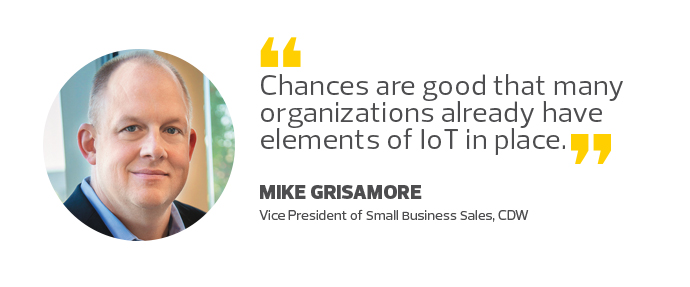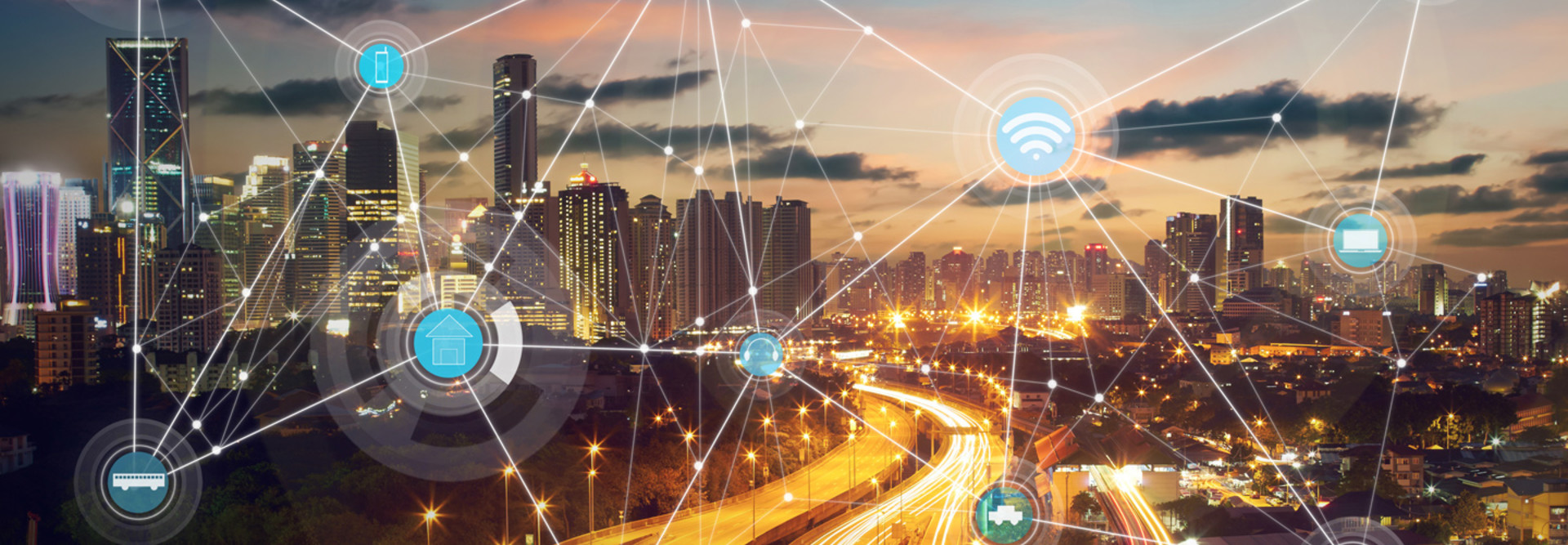IoT Can Pay Off for Your Business Now — Here’s How
The Internet of Things will transform business, perhaps sooner than we think. Many businesses already have the baseline components required to take advantage of IoT today.
Gartner predicts widespread IoT adoption in two to five years, but there’s no reason for businesses to wait. Just look at Bigbelly, a company founded in 2003 that has revolutionized waste collection. Now found on street corners everywhere, the solar-powered trash cans’ sensors notify collectors when to empty them.
The automotive, healthcare, consumer electronics and utilities industries now reap the most revenue from IoT, though all types of businesses can benefit. By applying digital solutions in new ways, companies can increase profits and drive efficiencies.
SIGN UP: Get more news from the BizTech newsletter in your inbox every two weeks!
Businesses that take advantage of IoT could achieve:
- More productivity through automation
- Increased agility through process optimization
- Increased cost savings
- Reduced energy consumption
- Expanded markets and new product development
- Reduced risk from better monitoring of operations
- Heightened customer satisfaction
- Improved decision-making based on data insights
TechAisle reports that the top trends driving SMBs’ IoT deployments include security and surveillance; asset tracking; proactive alerts; tracking customer, partner or supplier transactions; and fleet management or telematics.
Explore Existing IT Assets for Your IoT Strategy
Companies moving toward IoT should consider business goals and the associated metrics to gauge results. Explore the technology that’s in place and brainstorm how the IT team can apply it in new and different ways to achieve the desired outcomes.
For example, a utility business might consider using wearable devices to track employees in case of emergencies, or a trucking company could tap telematics to track its vehicles and manage the proprietary fleet. IoT doesn’t require revamping the IT infrastructure or throwing new devices onto the network.

Chances are good that many organizations already have elements of IoT in place, such as IP-enabled cameras, wireless networks and connected HVAC and lighting systems. The benefit comes from assembling existing technologies in a coordinated manner.
For example, most companies already own smartphones and tablets equipped with location-tracking features. The data that is harnessed could aid in collaboration or track employees who do dangerous jobs. Remote data center monitoring sensors can gather information about environmental conditions and energy efficiency. And with the right software, RFID tags can keep tabs on equipment.
Use the Power of Pervasive Networking
“Certain technologies are central,” says Link Simpson, digital transformation and IoT practice lead for CDW. “In general, it’s basically networking. So, you’re going to take these disparate systems and figure out how to translate and interface them to an IP network. Pervasive Wi-Fi is going to be a big one.”
As businesses begin to tap the power of IoT, they may need to expand Wi-Fi networks to accommodate additional traffic that IoT nodes will generate. And because IoT networks may introduce fresh vulnerabilities, companies will want to evaluate them through the lens of cybersecurity. Mitigate risks by adopting best practices, such as changing default passwords on IoT devices.
Finally, all the data that IoT networks collect will do little without a data-driven culture and use of analytics tools to improve decision-making.









